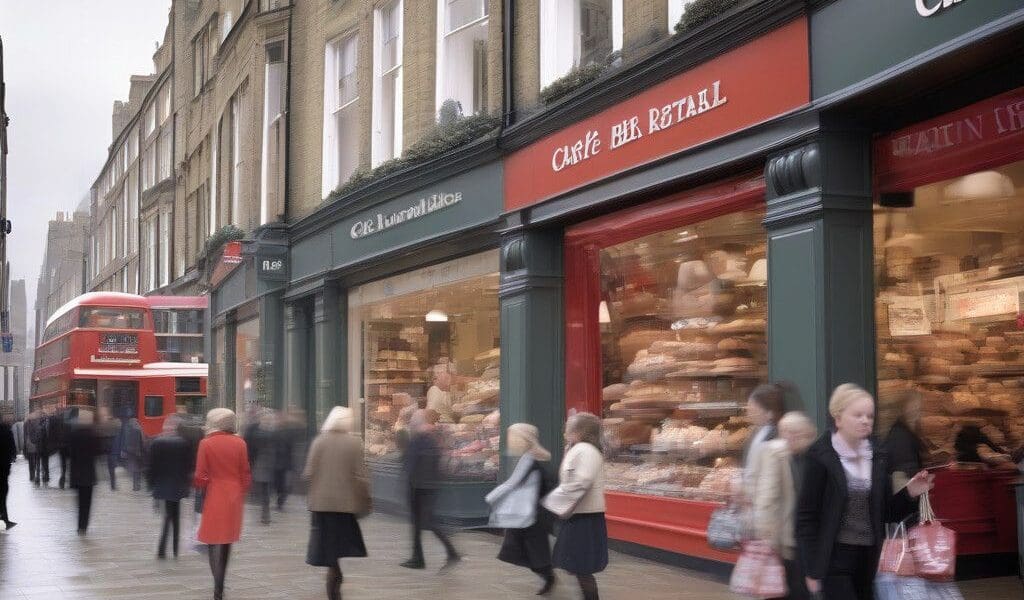The retail landscape in the UK faces a significant challenge as findings from a recent Forsta study reveal that subpar in-store customer experiences could lead to a staggering loss of nearly $53 billion for retailers. This figure reflects not just a potential drop in sales; it indicates a crisis in customer trust and loyalty that could have long-lasting repercussions for the industry.
The analysis, which examined 50,000 retailer reviews, uncovered a troubling trend: over 76% of negative feedback stems from dissatisfaction with in-store experiences. This overwhelming statistic calls for urgent attention from retailers who may have been overly focused on enhancing their online platforms while neglecting the physical shopping environment.
Dissatisfaction with in-store experiences manifests in various forms, with queue management emerging as the leading pain point. Notably, a concerning 80% of UK adults reported walking away from a shopping trip without making a purchase due to a frustrating experience. Long lines and unhelpful staff do more than just create inconvenience; they undermine the very essence of customer service and erode the loyalty that retail brands strive to build.
Kyle Ferguson, the CEO of Forsta, aptly summarizes the issue: “Long queues and unhelpful customer service are not just inconveniences—they’re eroding customer trust and loyalty.” This sentiment speaks volumes about the current state of retail, where consumers increasingly expect a seamless blend of convenience and service.
To illustrate the consequences of poor customer service, consider the experience of a shopper at a popular high-street chain. After walking inside, they are immediately greeted with a long queue at the checkout. The atmosphere feels tense, and as the minutes tick by without movement, frustration mounts. When they finally reach the front, they encounter a cashier who seems rushed and indifferent, further compounding their dissatisfaction. This singular experience is not isolated; it reflects a widespread pattern that deters customers from returning.
The data suggests that many retailers have prioritized digital transformations—introducing e-commerce websites and apps that boost online conversions—over investing in their physical stores. However, this shift may be misguided. When analyzed, in-store conversions tend to outperform their online counterparts. In fact, according to research, physical stores often convert browsers to buyers at a higher rate, driven by the tactile nature of in-store shopping and the instant gratification it provides.
Retailers must recognize that the in-store experience is a critical component of the customer journey. A seamless transition between online and offline shopping is essential. For instance, retailers could employ technologies that streamline the in-store experience. Implementing queue management systems or appointing more staff during peak shopping hours can drastically improve consumer satisfaction. Furthermore, training employees in customer service excellence can create an inviting atmosphere that reassures customers, encouraging them to explore and ultimately purchase more.
Consider the case of retail giant John Lewis, which has invested heavily in customer service training and successfully reduced negative reviews about their in-store experiences. Their approach involves not only hiring staff who are passionate about customer service but also offering them ongoing training to handle various customer scenarios. This investment pays off: the company has reported improved customer satisfaction scores and an increase in repeat shoppers.
Moreover, integrating technology is another avenue for improving the in-store experience. Many retailers are beginning to adopt tools like mobile point-of-sale systems that allow customers to check out anywhere in the store, effectively eliminating long waits. Such innovations not only enhance convenience but also positively impact shopper sentiment.
Another noteworthy strategy lies in leveraging customer feedback. Retailers must actively monitor reviews and feedback channels to understand pain points better. By addressing these concerns in real time, businesses can create an environment of transparency and responsiveness that customers value. Encouraging customers to share their experiences leads to a richer understanding of their needs and preferences, allowing retailers to adapt and refine their strategies accordingly.
In conclusion, UK retailers face the substantial prospect of losing billions in sales due to poor in-store experiences. To counteract this trend, a two-pronged strategy that emphasizes both exceptional customer service and technological advancements will be key. Focusing on these areas will not only enhance customer satisfaction but also foster long-term loyalty. As the retail landscape continues to adapt, understanding and prioritizing the in-store experience will remain vital for sustained success.











